365 DAILY NEWSLETTER
LANCIA 037
The Lancia Rally (Tipo 151, also known as the Lancia Rally 037, Lancia 037 or Lancia-Abarth #037 from its Abarth project code SE037) was a mid-engine sports car and rally car built by Lancia in the early 1980s to compete in the FIA Group B World Rally Championship. Driven by Markku Alén, Attilio Bettega, and Walter Röhrl, the car won Lancia the manufacturers’ world championship in the 1983 season. It was the last rear-wheel drive car to win the WRC.
In 1980 Lancia began the development of the 037. As the project name was number 037, this eventually became the name by which the car was known. Abarth, now a part of the Lancia-Fiat family, did most of the design work, even incorporating styling cues from some of its famous race cars of the 1950s and 1960s such as a double bubble roof line. The car was developed in collaboration between Pininfarina, Abarth, Dallara and the project manager, engineer Sergio Limone.
Prior to its first participation in the 1982 World Rally Championship season, 200 road-going models were built to comply with Group B regulations.
The car made its competition debut at the 1982 Rally Costa Smeralda in Italy, where two cars were entered but both retired due to gearbox issues.
The 1982 season was plagued with retirements for the 037, but the new car did manage to achieve several wins including its first win at the Pace Rally in the UK. The 1983 season was considerably more successful for the 037: Lancia took the 1983 World Rally Championship Constructors’ title with Germany’s Walter Röhrl and Finland’s Markku Alén its principal drivers, despite serious competition from the 4WD Audi Quattro.
Both drivers, however, missed the final round of the series, despite Röhrl maintaining a mathematical chance of the drivers’ title: such honours instead went to Audi’s veteran Finn, Hannu Mikkola.
Similar to the concept of a silhouette racer; while the 037 was loosely based on the Lancia Montecarlo (also known as Scorpion in the US and Canadian markets) road car, they shared only the center section with all body panels and mechanical parts being significantly different. Steel subframes were used fore and aft of the 037’s center section, while most of the body panels were made from Kevlar.
Subscribe to our newsletter
Provide your e-mail address and click the button below to receive special deals and premium offers




